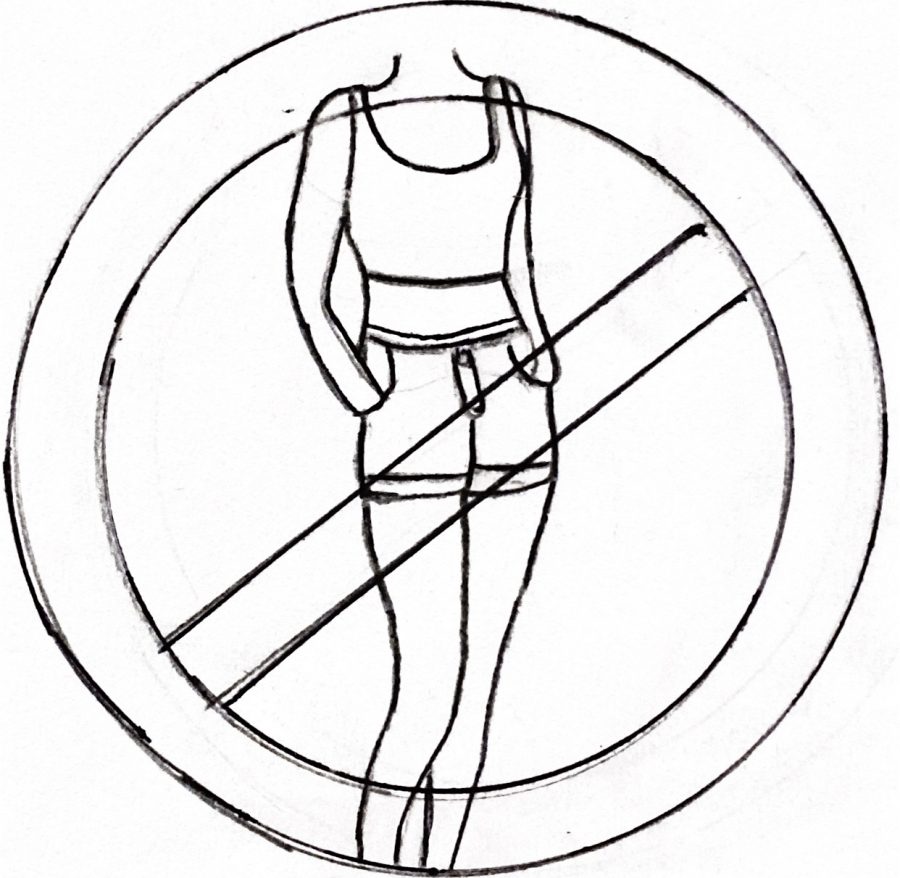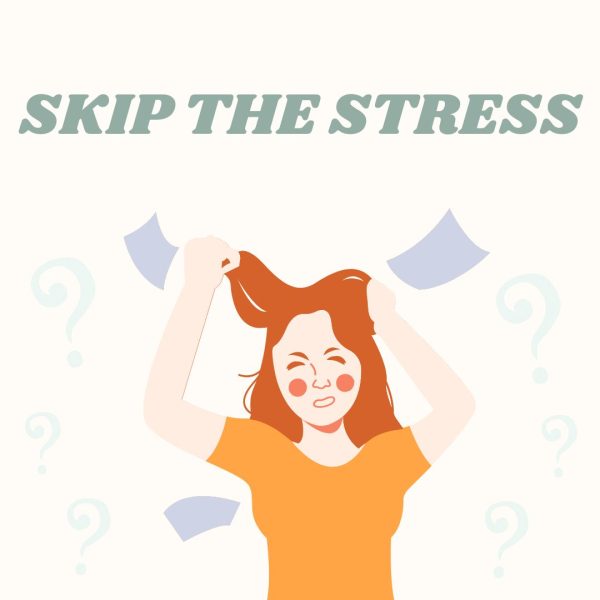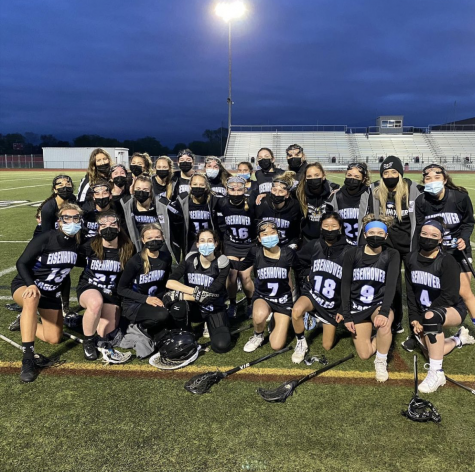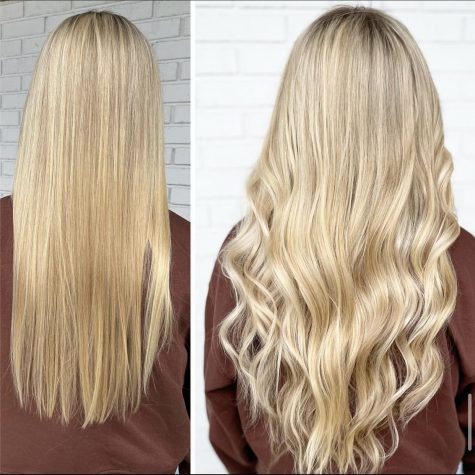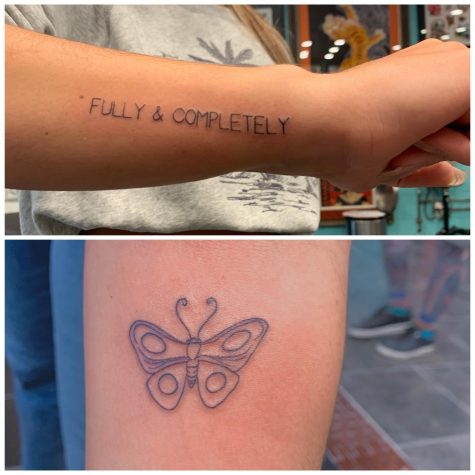Update outdated dress codes
Current dress code policies promote victim blaming and hinder student expression
Going through the dress code policies of many public schools, a few key points often appear: no low-cut tops, no leggings or yoga pants without a shirt to cover, no exposed shoulders or midriff, no shorts above fingertip length.
While some points, such as no swimwear or clothing advocating illegal activity, make sense given a high school’s environment, a large majority of these rules criticize women’s fashion styles seen as completely appropriate outside of school. The rules inherently reprimand girls for wearing clothes they feel comfortable and expressive in, as well as criminalize male students by assuming that they will sexualize female students’ bodies to the point of distraction from their schoolwork.
This notion ties into the large-scale issue of victim blaming. When sexual assault survivors come forward about their experiences, they are often met with questions such as “What were you wearing?” or told “You were asking for it by wearing that.” This type of blame can be seen within dress code infractions during school, when students are pulled out of class and publicly shamed by administrators for wearing an outfit deemed overly sexual or inappropriate. This not only makes a student feel embarrassed in front of their peers but uncomfortable with the authority figure seeing the minor as a sexual object.
One in four girls are sexually abused before the age of 18, according to metoomvmt.org and rules that imply victims are to blame in these situations are completely unacceptable at this point in time. Members of movements such as #MeToo work hard to ensure that one feels safe and heard when speaking up about harassment and abuse and policies that suppress this are counteractive and regressive.
A portion of daily stress can be attributed to dress code. A vague or complicated rule set can be overwhelming, as 89 percent of teen girls and 94 percent of parents report confusion and stress over the long and complicated dress code at their school. Additionally, 51 percent of students report feeling uncomfortably hot or cold when their outfit adheres to dress code, 33 percent report that it forces them to spend an extra amount of money on clothes, 29 percent say it limits comfort and productivity, 22 percent report it limits their self-expression and 13 percent say it unfairly targets their gender, according the surveys conducted by the Today show.
By requiring students to strictly adhere to the dress code, despite it having little to no benefits, schools show that they value their own sense of authority over their students’ education. Students must follow dress code, regardless of their own desires for comfort and expression, or they will be met with consequences, which often include being pulled out of class to change, being sent home early, or facing suspension and detention. All of these punishments take away from the student’s education much more than their clothing did originally.
The strict manner of the dress code needs to be reevaluated to fit today’s social norms, especially given this year’s circumstances. As the weather begins to heat up approaching spring, administrators should remember that, though students may break dress code, they are doing it for their own comfort, as well as expressing themselves around their peers after almost a year of being isolated from them. The only dress code that should take precedent this year is one that actually serves a purpose for student safety and wellbeing: a mask.
Your donation will support the student journalists of Eisenhower High School. Your contribution will allow us to purchase equipment and cover our annual website hosting costs.

